Moisture under vinyl asbestos tile
Sarah Fitzgerald
5 years ago
Featured Answer
Sort by:Oldest
Comments (21)
Sarah Fitzgerald
5 years agoRelated Professionals
Niles Kitchen & Bathroom Remodelers · Florida City General Contractors · East Hanover Painters · Spring Valley Painters · Danbury Flooring Contractors · Lincolnia Flooring Contractors · Green Valley Tile and Stone Contractors · Dover General Contractors · Exeter General Contractors · Town 'n' Country Kitchen & Bathroom Designers · Panama City Kitchen & Bathroom Remodelers · Princeton Kitchen & Bathroom Remodelers · Kissimmee Glass & Shower Door Dealers · Newcastle Cabinets & Cabinetry · El Sobrante Window TreatmentsUser
5 years agolast modified: 5 years agoSJ McCarthy
5 years agoSarah Fitzgerald
5 years agoUser
5 years agolast modified: 5 years agoSarah Fitzgerald
5 years agoHelen
5 years agoSarah Fitzgerald
5 years agoSarah Fitzgerald
5 years agoSarah Fitzgerald
5 years agoSarah Fitzgerald
5 years agoSarah Fitzgerald
5 years agoNancy in Mich
5 years agoSarah Fitzgerald
5 years ago
Related Stories
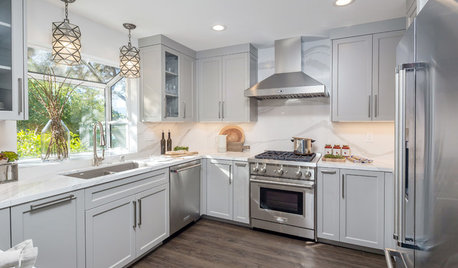
MATERIALSWhat to Know About Luxury Vinyl Flooring
The flooring material has become increasingly popular. Here’s how to determine its quality and get it installed
Full Story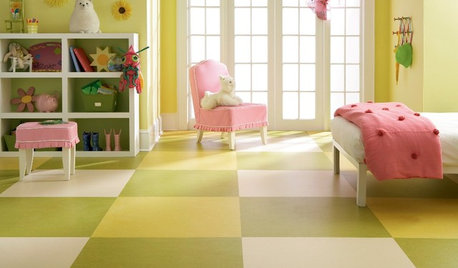
REMODELING GUIDESThe Case for Linoleum and Vinyl Floors
Have pets, kids and a tight budget? Easy-care resilient floors may be the choice for you
Full Story
REMODELING GUIDESTransition Time: How to Connect Tile and Hardwood Floors
Plan ahead to prevent unsightly or unsafe transitions between floor surfaces. Here's what you need to know
Full Story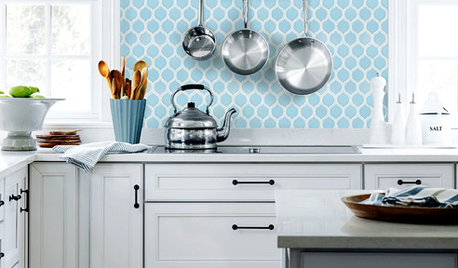
EVENTSThe Latest Looks in Tile, Stone and Flooring
Patterned tile, faux hardwood and natural colors were some of the trends seen at The International Surface Event 2019
Full Story
REMODELING GUIDESChoosing Tile: Durable, Versatile Porcelain
Get the Look of Stone, Metal, Terracotta and More With Today's Porcelain Tile
Full Story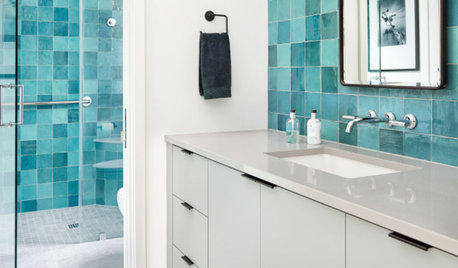
TILEPorcelain vs. Ceramic Tile: A Five-Scenario Showdown
Explore where and why one of these popular tile choices makes more sense than the other
Full Story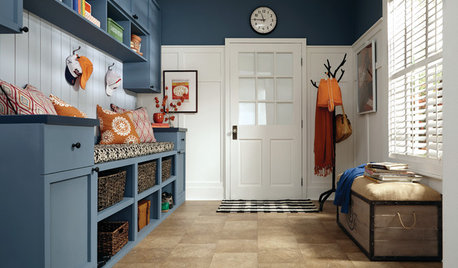
FLOORSNew Groove: Vinyl Floors Are Back!
First vinyl records made a comeback, now floors. See how, where and when to use this durable, easy-to-clean material
Full Story
TILETop Tile Trends From the Coverings 2013 Show — the Wood Look
Get the beauty of wood while waving off potential splinters, rotting and long searches, thanks to eye-fooling ceramic and porcelain tiles
Full Story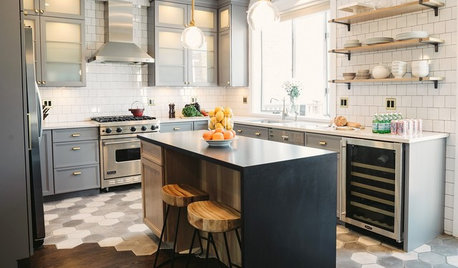
MOST POPULAR10 Tile Layouts You Haven’t Thought Of
Consider fish scales, hopscotch and other patterns for an atypical arrangement on your next project
Full Story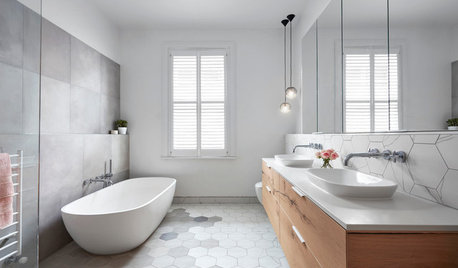
BATHROOM DESIGNFloor Tile Options for a Stylish Bathroom
From the countless choices of bathroom tile available, we focus on some of the best looks for the floor
Full StorySponsored
Professional Remodelers in Franklin County Specializing Kitchen & Bath
More Discussions








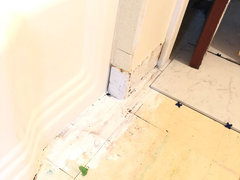
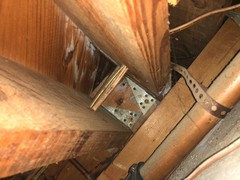
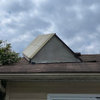
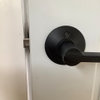

User